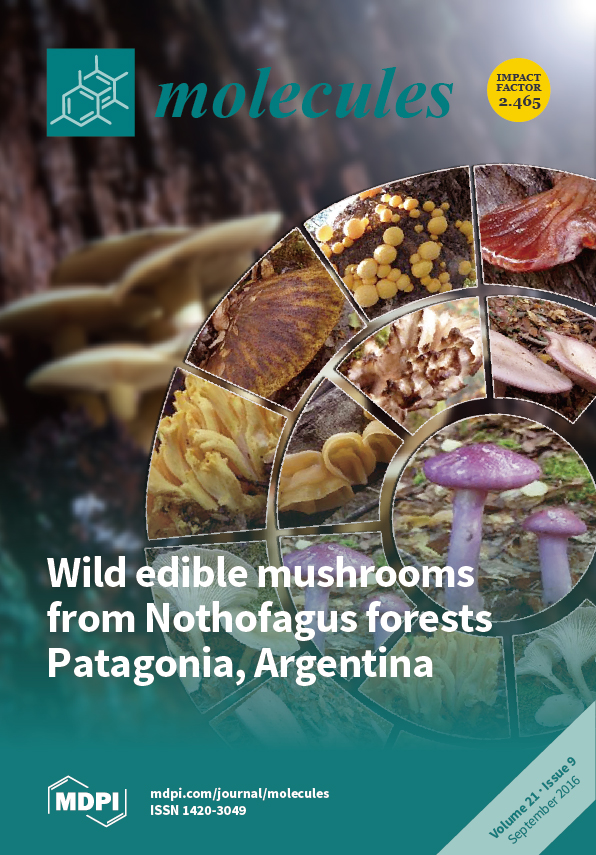Open AccessArticle
Combinatorial Cytotoxic Effects of Damnacanthal and Doxorubicin against Human Breast Cancer MCF-7 Cells in Vitro
by
Muhammad Yusran Abdul Aziz 1, Nadiah Abu 1,2, Swee Keong Yeap 3, Wan Yong Ho 4, Abdul Rahman Omar 3, Nor Hadiani Ismail 5, Syahida Ahmad 6, Mehdi R. Pirozyan 3,7, Nadeem M. Akhtar 8 and Noorjahan Banu Alitheen 1,*
1
Department of Cell and Molecular Biology, Faculty of Biotechnology and Biomolecular Sciences, Universiti Putra Malaysia, Serdang 43400, Selangor, Malaysia
2
UKM Medical Molecular Biology Institute (UMBI), UKM Medical Centre, Jalan Ya’acob Latiff, Bandar Tun Razak, Cheras 56000, Kuala Lumpur, Malaysia
3
Institute of Bioscience, Universiti Putra Malaysia, Serdang 43400, Selangor, Malaysia
4
School of Biomedical Sciences, The University of Nottingham Malaysia Campus, Jalan Broga, Semenyih 43500, Selangor, Malaysia
5
Faculty of Applied Sciences, Universiti Teknologi Mara, Shah Alam 40450, Selangor, Malaysia
6
Department of Biochemistry, Faculty of Biotechnology and Biomolecular Sciences, Universiti Putra Malaysia, Serdang 43400, Selangor, Malaysia
7
School of Medical Sciences, University New South Wales, Wallace Wurth Building, Sydney, New South Wales 2052, Australia
8
Faculty of Industrial Sciences and Technology, Universiti Malaysia Pahang, Lebuhraya Tun Razak, Kuantan 26300, Pahang, Malaysia
Cited by 24 | Viewed by 6702
Abstract
Despite progressive research being done on drug therapy to treat breast cancer, the number of patients succumbing to the disease is still a major issue. Combinatorial treatment using different drugs and herbs to treat cancer patients is of major interest in scientists nowadays.
[...] Read more.
Despite progressive research being done on drug therapy to treat breast cancer, the number of patients succumbing to the disease is still a major issue. Combinatorial treatment using different drugs and herbs to treat cancer patients is of major interest in scientists nowadays. Doxorubicin is one of the most used drugs to treat breast cancer patients. The combination of doxorubicin to other drugs such as tamoxifen has been reported. Nevertheless, the combination of doxorubicin with a natural product-derived agent has not been studied yet.
Morinda citrifolia has always been sought out for its remarkable remedies. Damnacanthal, an anthraquinone that can be extracted from the roots of
Morinda citrifolia is a promising compound that possesses a variety of biological properties. This study aimed to study the therapeutic effects of damnacanthal in combination with doxorubicin in breast cancer cells. Collectively, the combination of both these molecules enhanced the efficacy of induced cell death in MCF-7 as evidenced by the MTT assay, cell cycle, annexin V and expression of apoptosis-related genes and proteins. The effectiveness of doxorubicin as an anti-cancer drug was increased upon addition of damnacanthal. These results could provide a promising approach to treat breast cancer patients.
Full article
►▼
Show Figures






